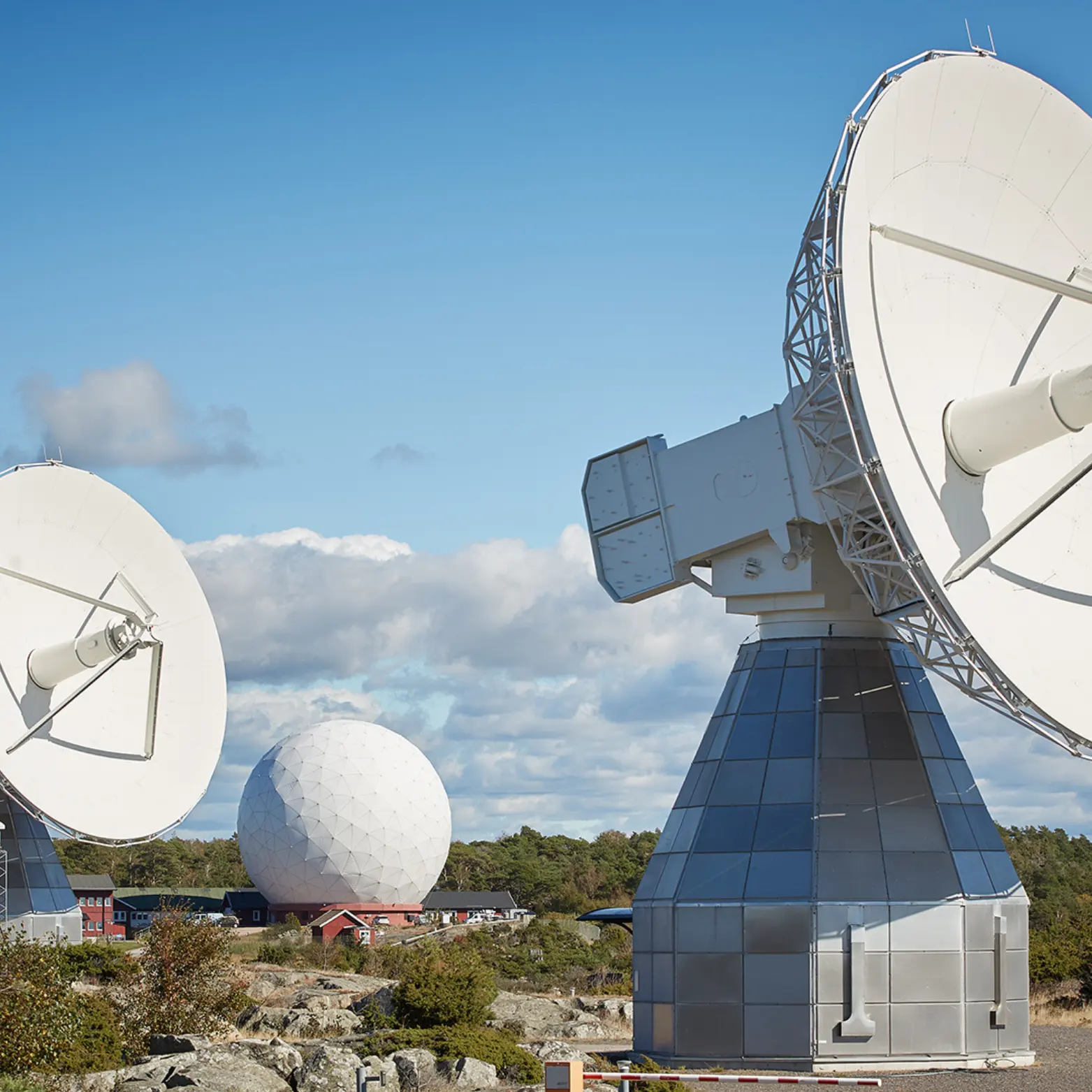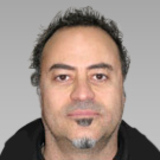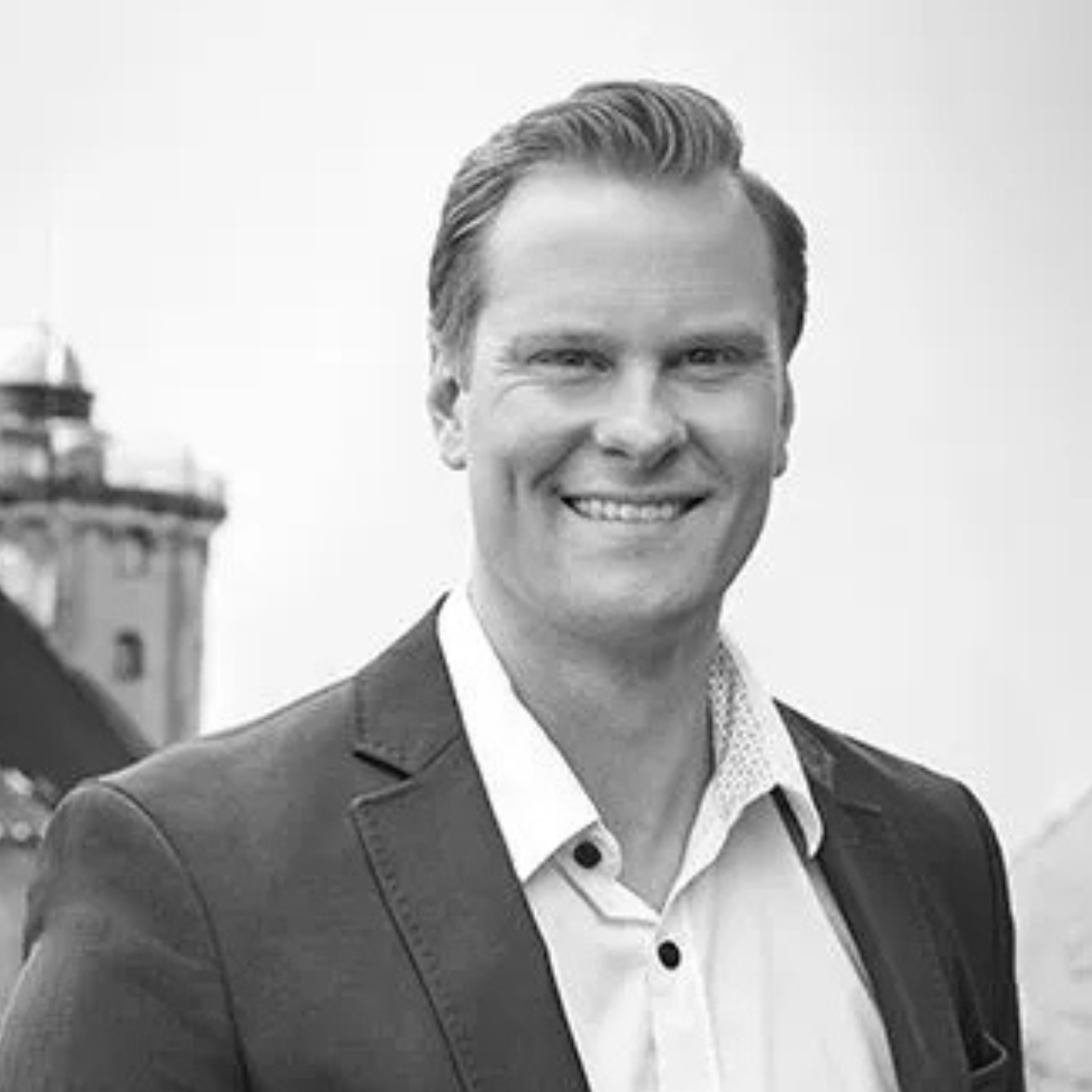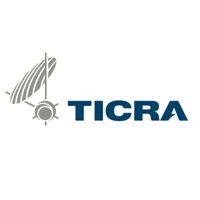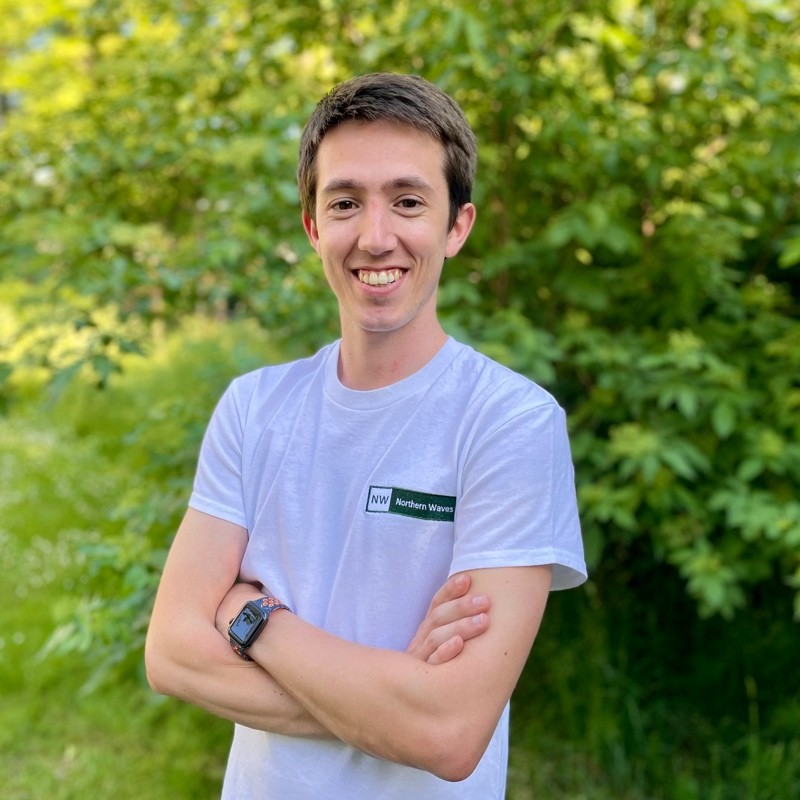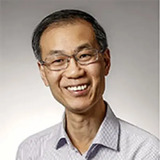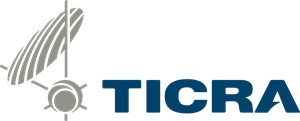06 to 08
April 2025
Gothenburg, Sweden

Event Countdown
Countdown based on local time in Gothenburg, Sweden
Event Details:
Dates: April 06-08, 2025
Venue:
Veras gräsmatta, Chalmers University of Technology, Gothenburg, Sweden
(click to view map)
https://www.stenacenter.se/
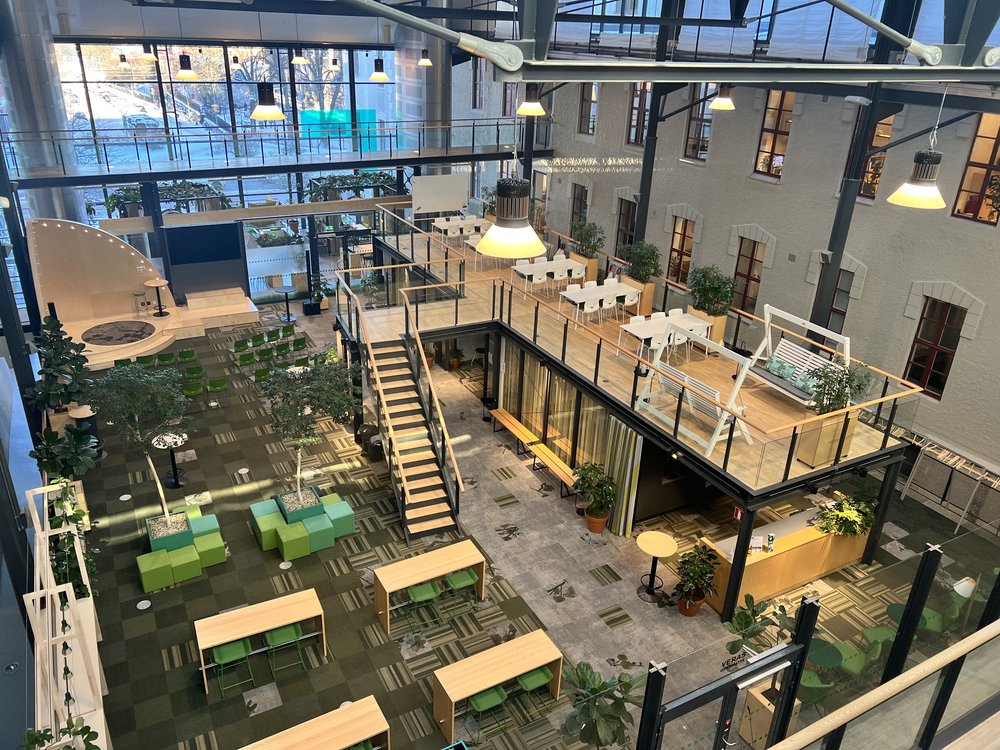
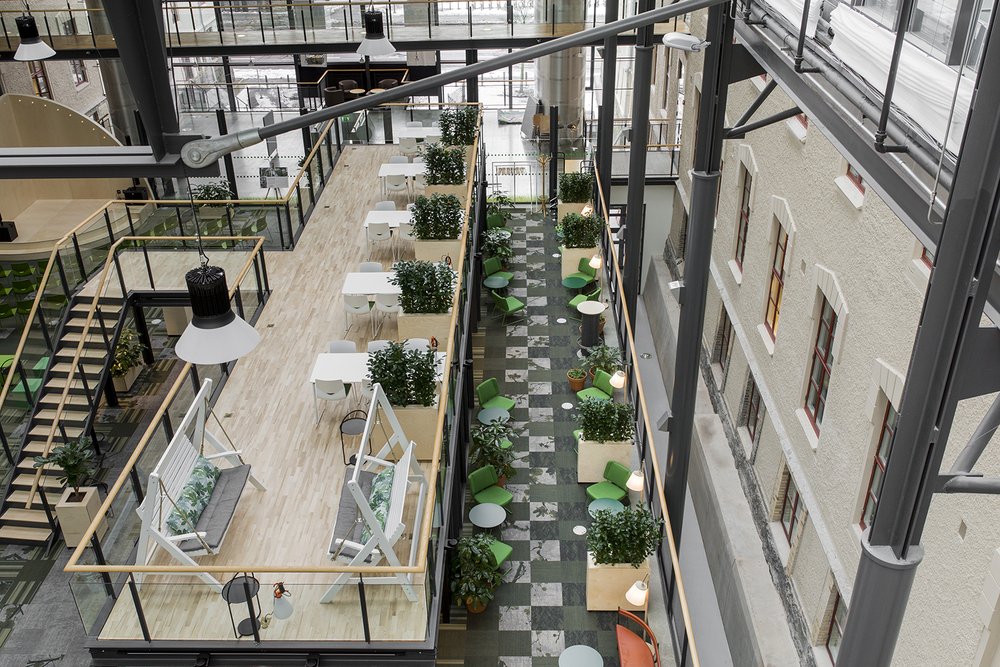
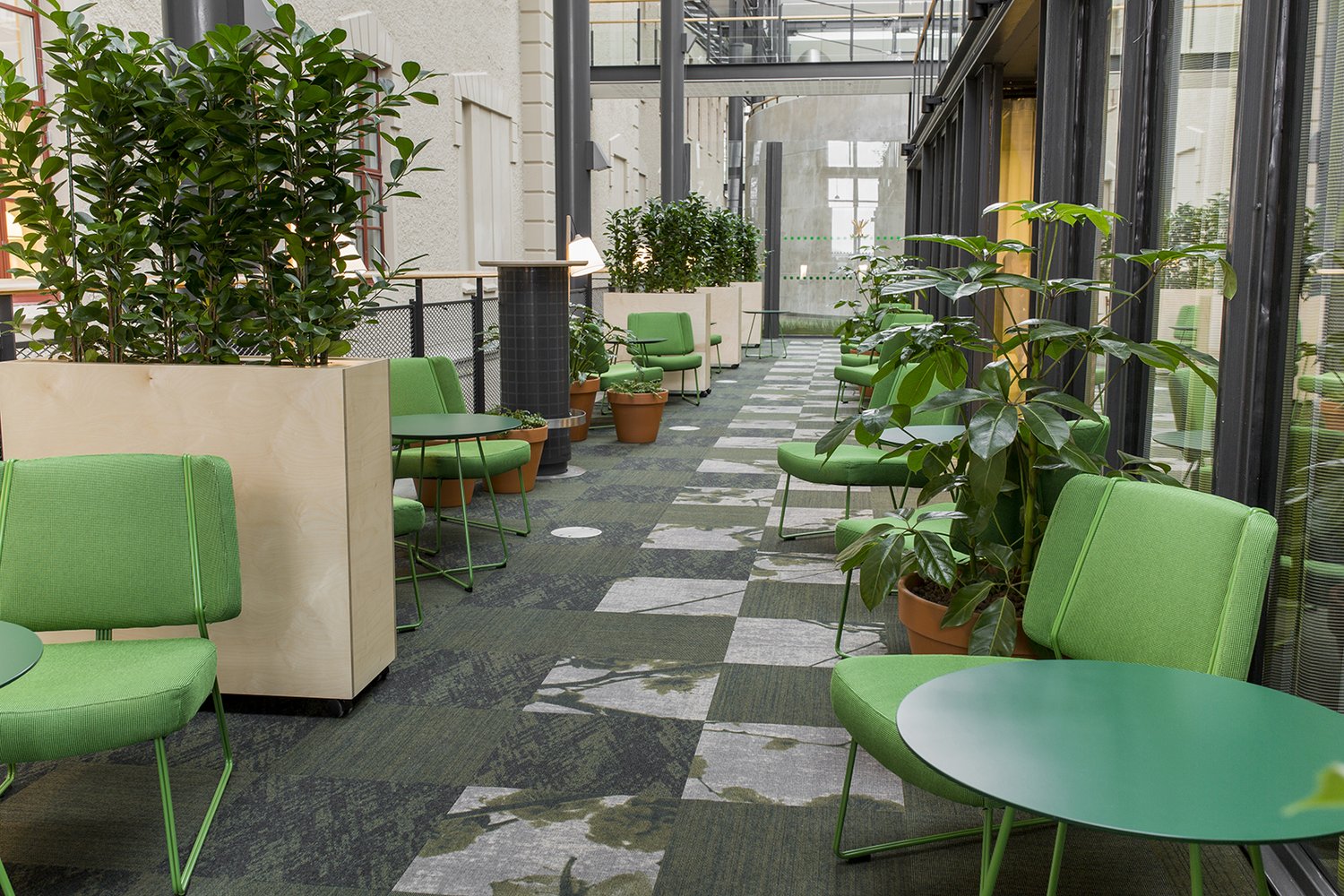
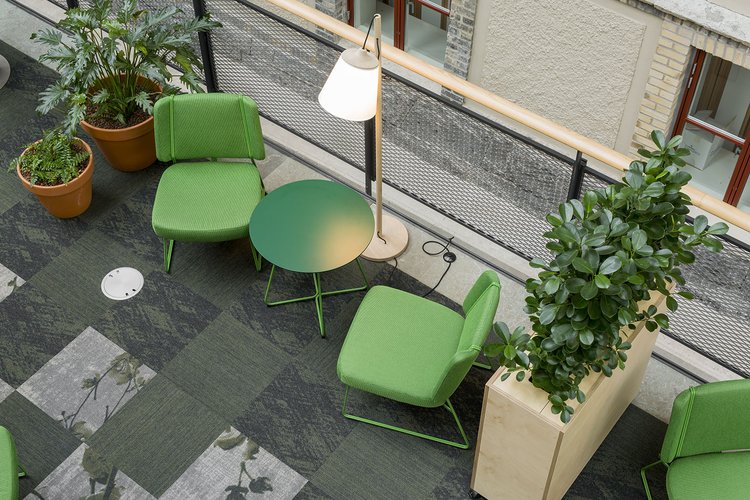
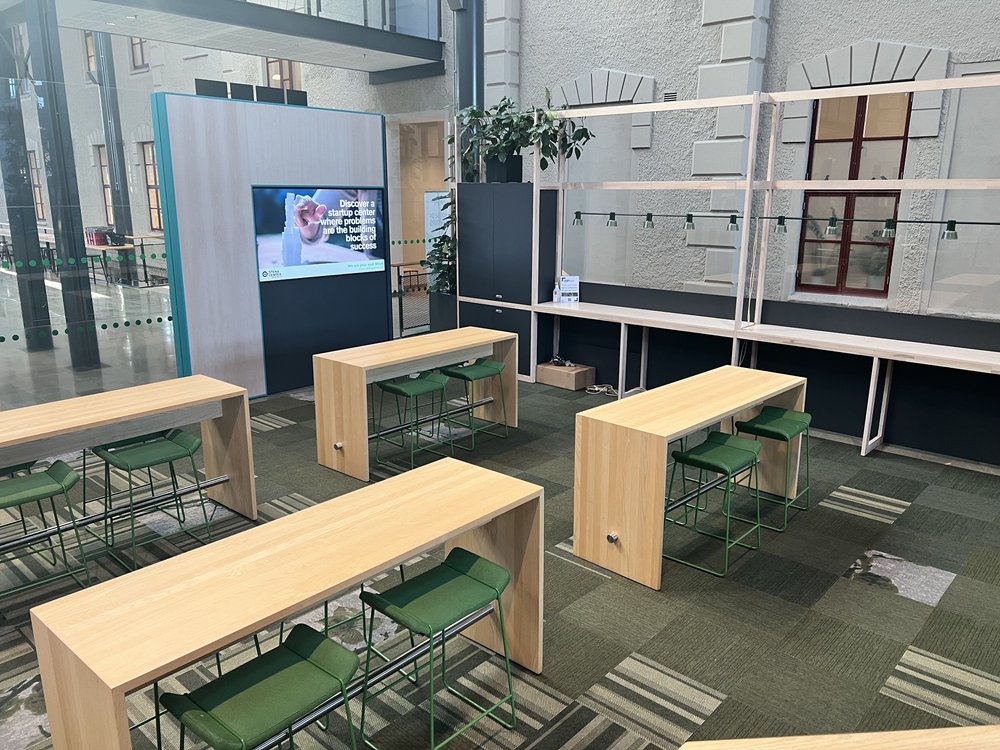
DAY ONE
9:00 - 9:20
Coffee & registration
9:20 - 9:40
Welcome
Carmen & Oscar
10:20- 10:40
Break
12:00- 13:00
Lunch
15:00- 15:20
Break
DAY TWO
11:00- 11:20
Break
12:20- 13:20
Lunch
14:40 - 15:00
Break - Closing remarks
17:00 - 18:00
METAFORA committee meeting
Sponsors
Talks
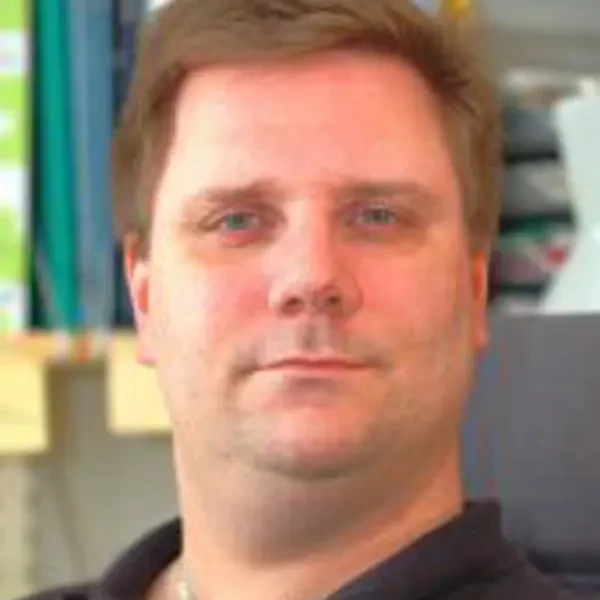
Abstract: This presentation will highlight the different heterodyne terahertz (THz) receivers developed, constructed, and deployed by the Advanced Receiver Development's (GARD) for the global astronomical community, including projects such as APEX, ALMA, and among others, using a multidisciplinary approach combining expertise in electronics, software, applied physics, and state-of-art technologies in thin-film deposition, SIS and HEB mixer design, mechanical engineering, and cryogenics. These state-of-the-art systems have been operated for decades by radio-astronomers reliably and efficiently for a wide range of astronomical applications, such as EHT or searching for water in the universe.
Meta-surface technologies have matured and emerged as a versatile tool for receiver system development. This presentation will provide insights into the latest developments at GARD in this subject, enabling the next generation of astronomical observation based on GARD’s advances in the field of THz technology.
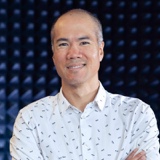
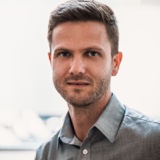
ASTRON

Abstract: Radio astronomy relies heavily on the access to a clean radio spectrum, relying on narrow bands assigned to the Radio Astronomy Service by the International Telecommunication Union (ITU) and siting observatories in areas as far removed from human activity as possible. Spectrum managers at the ITU advocate for the protection of the radio spectrum for radio astronomical use, lately focusing in particular on the effects of large satellite constellations in Low Earth Orbit. In parallel, the United Nations Committee on the Peaceful Uses of Outer Space (COPUOS) has started addressing the importance of Dark and Quiet Skies (D&QS), emphasizing the need to preserve observational conditions necessary for astronomical research for both optical and radio astronomy. COPUOS actively engages with member states and industry stakeholders to develop international guidelines that mitigate adverse impacts from space activities. Organizations like the Square Kilometre Array Observatory (SKAO) and the Committee on Radio Astronomy Frequencies (CRAF) play essential roles in advocating for protective measures and developing strategies to minimize radio frequency interference at the ITU. The SKAO in particular is also a permanent observer of the UN COPUOS. This talk will introduce the work that SKAO and CRAF carry out at the ITU and UN COPUOS, regarding the protection of astronomy focusing on satellite constellations. I will also discuss the collaborative tests conducted by SKAO and the Onsala Space Observatory, using the Onsala Twin Telescopes. These tests focused on implementing boresight avoidance techniques, demonstrating promising results in mitigating interference from satellite constellations.

Abstract: Future radio telescopes, such as the Square Kilometre Array (SKA), will operate with high sensitivity, making them more susceptible to radio frequency interference (RFI). While terrestrial RFI can be managed through regulatory measures and site selection, mobile sources from aircraft and satellites pose significant challenges. In particular, the growing number of low Earth orbit (LEO) satellite constellations, such as Starlink and OneWeb, operating in the 10.7–12.7 GHz band, collectively produce signals that are detectable in the sidelobes of radio telescopes and, due to their large numbers, increasingly illuminate the near-in sidelobes and main beam.
Unlike stationary terrestrial sources, LEO satellites move rapidly across the sky, and their high flux densities (on the order of 10 MJy) can degrade and limit the quality of astronomical observations. This talk will discuss the effects of such signals on the radio astronomy signal chain, including antennas, feeds, low-noise amplifiers (LNAs), linearity, filtering, digitization, and signal processing. Mitigation strategies, such as boresight avoidance and other interference management techniques, will be presented in the context of SKA-Mid in South Africa and measurements made with the Onsala Twin Telescopes. The discussion will also cover the impact on interferometric arrays and selected science cases, outlining approaches to managing satellite RFI while maintaining the quality of astronomical observations.
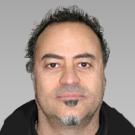
Title: Spectrum management and RFI monitoring at the Joint ALMA Observatory, JAO
Abstract: The ALMA operational spectrum spans 35 - 950 GHz, divided in 10 non-contiguous frequency bands, with strong attenuation by the atmospheric water vapor over much of this range. ALMA's remote location minimizes the risks of ground-based RFI, although emissions from nearby observatories and some ALMA systems can be problematic. To mitigate this, the JAO spectrum management office coordinates operations with other observatories on the same Altiplano.
Satellite constellations like Starlink and Kuiper add RFI risks from space. Chile’s authority SubTel has approved their operations, the nearest gateway station is 540 km away, a sufficient distance to avoid interference from downlink signals to the gateway station.
To address RFI threats, the JAO spectrum management office has launched a monitoring plan. This involves building an RFI database using ALMA’s receivers, achieving science-level sensitivity. The data will inform mitigation strategies like excision and coordinated observations while providing a long-term baseline to track RFI evolution at the site in the coming years.

Onsala Space Observatory

Abstract: This presentation will summarize the recent evolution of gap waveguide (GW) technology with different new versions for different applications. The main purpose for the new evolution aims to reduce the manufacture cost of GW antennas and components for mass productions, and realize multiple functions, especially for reconfigurability, for antennas and RF components with unique features that could not or have difficulties to be realized by conventional waveguide technology. Examples of array antennas, reflector antennas and RF components will be presented with comments and brief analysis of working principles. The talk will also touch the future developments and diverse directions of the GW technology.
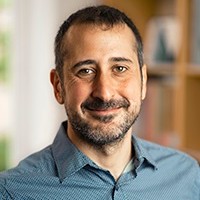
KTH

Abstract: Traditional manufacturing methods for microwave components, such as CNC milling, impose design constraints that limit performance, particularly at high frequencies. Additive manufacturing (AM) is breaking these limits, enabling complex geometries, lightweight monolithic structures, and enhanced RF performance. This talk explores the advantages of metallic AM using Laser Powder Bed Fusion (LPBF) for high-precision microwave components, as well as innovations in dielectric AM and lattice structures for improved efficiency. These advancements are driving the development of more scalable, functional, and high-performance microwave components for space, telecom, and defense applications.

Abstract: Anechoic chambers do not have the required speed needed to test a large number of device settings, which is required for e.g. phased array antennas that have a large number of beamforming settings. Testing these arrays needs to be done wirelessly because RFIC-antenna interactions impact the system performance, or because conducted testing is not possible in for example antennas-in-package or on-chip. This means that typically performed conducted tests now need to be done over the air. In this talk, we will discuss how a reverberation chamber can work as a ‘wireless connector’, being the over-the-air interface needed for performing tests such as noise figure or non-linear characterization. The newest measurement methods developed within Antennex are shared including measurement examples, and it is discussed why these tests can be done significantly faster and more accurate as compared to traditional methods.

Abstract: Below are short descriptions of the TICRA presentation and the activities, including the prerequisites for the exercises. A short live demonstration of the TICRA Tools Student Edition is included at the end of the first part.
Activity: Presentation (45 min)
Title: Design and Analysis of Quasi-Periodic Surfaces for High-Performance Applications
Description: Periodic and quasi-periodic surfaces such as reflectarrays, transmitarrays and frequency- and polarization-selective surfaces are key enabling technologies in applications requiring high data rates, both for ground and space applications. By manipulating electromagnetic waves these surfaces can achieve frequency and polarization filtering, high gain, beam shaping, beam scanning, and multi-beam characteristics. They typically consist of a two-dimensional lattice of elements which can be represented by a periodic unit cell. In periodic surfaces, all lattice elements are identical, and in quasi-periodic surfaces the elements may vary in shape or size across the surface.
In this talk, design considerations for quasi-periodic surfaces are presented, both on unit cell level and on antenna system level. Specialized analysis methods that allow for extremely fast optimisation and analysis of these surfaces are described. It is shown that these methods, despite using approximations, maintain the accuracy required for fabrication and experimental validation of quasi-periodic surfaces in high-performance applications.
TICRA Tools Student Edition Live Demonstration (15 min)
Title: Design a Reflector Antenna in GRASP
Description: A live demonstration is given of the TICRA Tools Student Edition interface. The object structure of the program is explained, and the different tabs of the software are introduced. A single offset reflector antenna is designed using the GRASP wizard and analysed with Physical Optics.
Hands-on Exercise 1 (60 min)
Title: Design a Band Pass FSS in QUPES
Description: A band pass FSS is designed and analysed in the TICRA Tools Student Edition using features from the QUPES software. The FSS is created and analysed first on unit cell level and later on antenna level as a finite-sized panel illuminated by a Gaussian feed.
Break (20 min)
--
Hands-on Exercise 2 (60 min)
Title: Design a Transmitarray in QUPES
Description: A transmitarray antenna is designed in the TICRA Tools Student Edition using QUPES. The FSS element in exercise 1 is used as the building block to create the transmitarray antenna, and a quasi-periodic element layout is produced to maximise gain.
Prerequisites:
The hands-on exercise sessions are primarily designed for participants who have general knowledge of antennas and electromagnetic theory and/or previous experience of quasi-periodic surface design with general purpose commercial software. The TICRA Tools Student Edition, available for free on Windows, macOS, and Linux, will be used throughout the session. The software can be downloaded here:
https://www.ticra.com/software/ticra-tools-student-edition/
